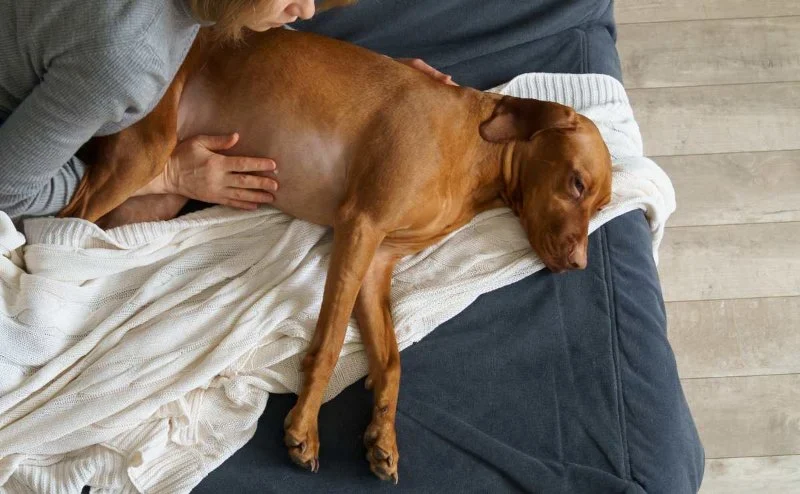
- 1- What is Bloat in Dogs (GDV)?
- 2- Symptoms of Bloat in Dogs: What to Watch For
- 3- What Causes Bloat (GDV) in Dogs?
- 4- How to Handle a Bloat Emergency in Dogs
- 5- Preventing Bloat in Dogs
1- What is Bloat in Dogs (GDV)?
Bloat, also known as gastric dilatation-volvulus (GDV), is a potentially fatal condition in dogs. It occurs when a dog’s stomach fills with gas, fluid, or food, causing it to expand. In severe cases, the stomach can twist, cutting off blood flow and leading to shock or death. Understanding the signs of bloat and acting quickly can save your dog’s life. This article covers the essential information about GDV, how to spot its symptoms, and what to do in case of an emergency.
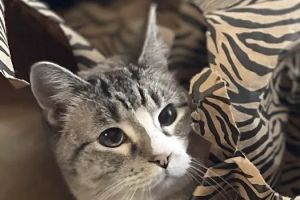
Groton Ledyard Veterinary Hospital
LedyardSoutheastern Connecticut Planning RegionConnecticut
3 Lorenz Industrial Pkwy, Ledyard, CT 06339, USA
2- Symptoms of Bloat in Dogs: What to Watch For
Bloat progresses quickly and can worsen in a matter of hours. Recognizing the early signs can make a significant difference in the outcome. Common symptoms of bloat in dogs include:
Distended Abdomen
The most noticeable sign of bloat is a swollen or distended abdomen. This is due to the gas buildup in the stomach. The stomach may appear visibly larger and hard to the touch. If you notice your dog’s belly appearing bloated or tight, it could be a sign of GDV.
Restlessness and Anxiety
A dog with bloat may appear anxious or restless. They may try to lay down but seem unable to get comfortable. If your dog is pacing or seems agitated without any apparent reason, it could be a sign of discomfort due to bloat.
Unproductive Vomiting or Retching
Dogs with GDV often try to vomit but are unable to bring anything up. This is caused by the twisting of the stomach, which prevents food and liquid from moving through the digestive system.
Excessive Drooling
Drooling is another common symptom of bloat in dogs. If your dog is producing a large amount of saliva or drool, this could indicate nausea and discomfort associated with GDV.
Weakness and Collapse
As the condition progresses, your dog may become weak or even collapse due to shock. If you notice signs of extreme lethargy, rapid breathing, or collapse, seek emergency care immediately.
3- What Causes Bloat (GDV) in Dogs?
While the exact cause of GDV is not fully understood, there are several risk factors that increase the likelihood of developing bloat:
Breed
Large, deep-chested dogs are at higher risk of GDV. Breeds like Great Danes, German Shepherds, and Standard Poodles are particularly prone to bloat. However, smaller dogs can also be affected.
Age and Eating Habits
Older dogs and those that eat large meals in one sitting, or drink excessive amounts of water rapidly, may be more likely to develop bloat. Eating too quickly can cause the stomach to fill with air, leading to a higher chance of twisting.
Stress and Exercise
Dogs that experience stress or engage in strenuous activity shortly after eating are more vulnerable to developing bloat. It’s important to avoid heavy exercise or stressful situations for at least an hour after meals.
4- How to Handle a Bloat Emergency in Dogs
If you suspect your dog has GDV, time is critical. Here's what you should do:
Seek Immediate Veterinary Care
Bloat is a medical emergency that requires immediate veterinary intervention. Do not wait for symptoms to worsen—get your dog to an emergency vet as quickly as possible.
Provide Calm and Support
While waiting for veterinary care, try to keep your dog as calm and still as possible. Stress can exacerbate the condition, so provide a calm, quiet environment while you prepare for transport to the veterinary clinic.
Do Not Attempt to Treat at Home
Never try to fix bloat yourself. Attempting to relieve the pressure or forcing your dog to vomit could make the situation worse. Trust the professionals who can diagnose and treat GDV properly.
5- Preventing Bloat in Dogs
While it’s not always possible to prevent GDV, there are steps you can take to reduce your dog’s risk:
Feed Smaller Meals
Instead of one large meal, feed your dog several smaller meals throughout the day. This will reduce the risk of the stomach filling with air and help with digestion.
Slow Down Eating
Use special feeding dishes that slow down your dog’s eating if they tend to gulp food quickly. This can help prevent excessive air from being swallowed, which can contribute to bloat.
Avoid Strenuous Exercise After Meals
Wait at least an hour after meals before engaging your dog in any strenuous activity. This allows their stomach to settle and reduces the risk of GDV.
While bloat is a serious emergency, understanding its symptoms and acting quickly can make a life-saving difference. If you notice any of the signs mentioned above, contact a veterinarian immediately. For further support, visit Omnia Pet for trusted pet care products and expert advice.
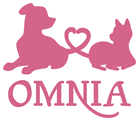


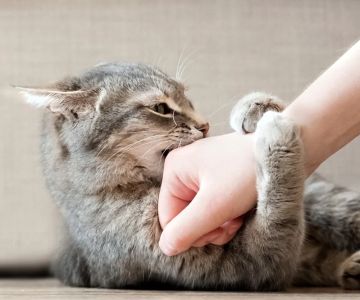

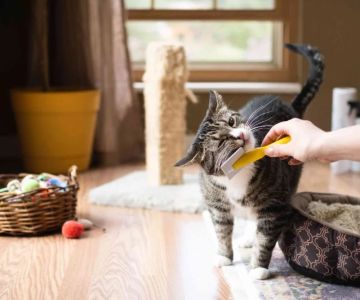

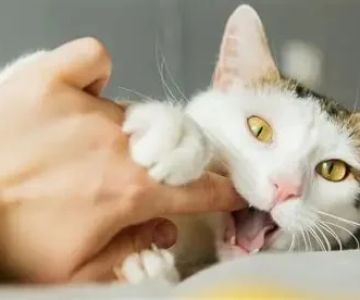
 Hollywood Feed4.0 (184 reviews)
Hollywood Feed4.0 (184 reviews)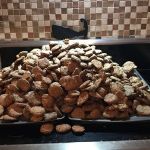 Brew Biscuits5.0 (2 reviews)
Brew Biscuits5.0 (2 reviews)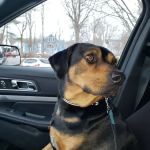 All Friends Animal Hospital4.0 (446 reviews)
All Friends Animal Hospital4.0 (446 reviews) Kittylandkittens LLC0.0 (0 reviews)
Kittylandkittens LLC0.0 (0 reviews)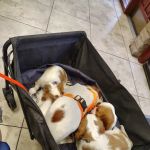 Village Animal Clinic4.0 (212 reviews)
Village Animal Clinic4.0 (212 reviews) Rift Lake Aquatics4.0 (165 reviews)
Rift Lake Aquatics4.0 (165 reviews)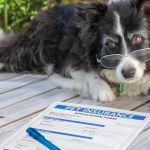 Understanding Pet Insurance: What Does It Actually Cover?
Understanding Pet Insurance: What Does It Actually Cover? How to Keep Your Kitten's Eyes Clean and Free of Discharge
How to Keep Your Kitten's Eyes Clean and Free of Discharge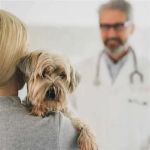 The Truth About Heartworm Disease: Prevention is Cheaper Than Cure
The Truth About Heartworm Disease: Prevention is Cheaper Than Cure Why Is My Kitten's Belly Button Showing? | Omnia Pet
Why Is My Kitten's Belly Button Showing? | Omnia Pet Why Does My Cat Bite Me Gently? Love Bites Explained
Why Does My Cat Bite Me Gently? Love Bites Explained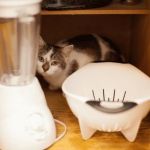 How to Stop Your Kitten from Getting into Cabinets
How to Stop Your Kitten from Getting into Cabinets